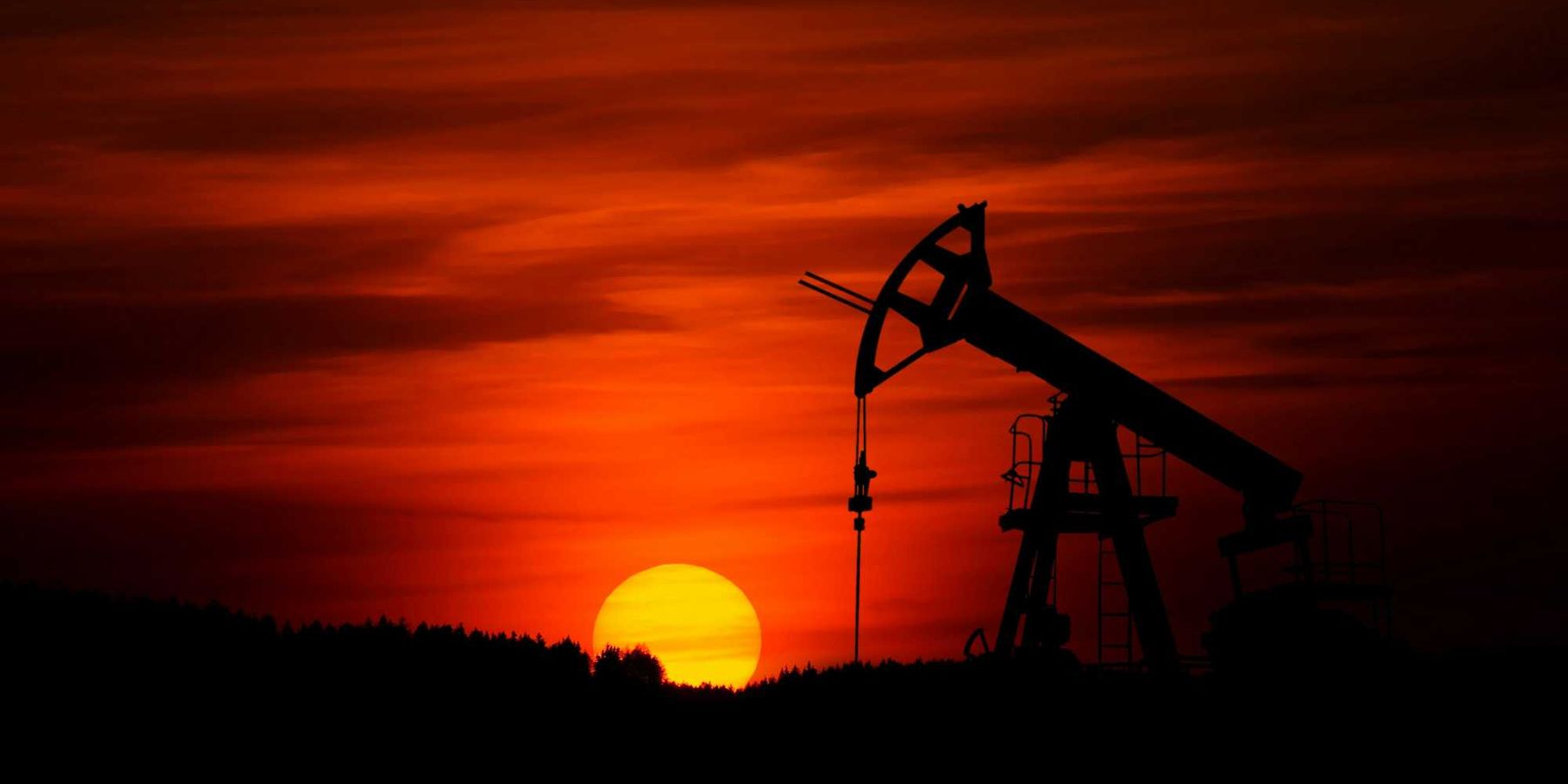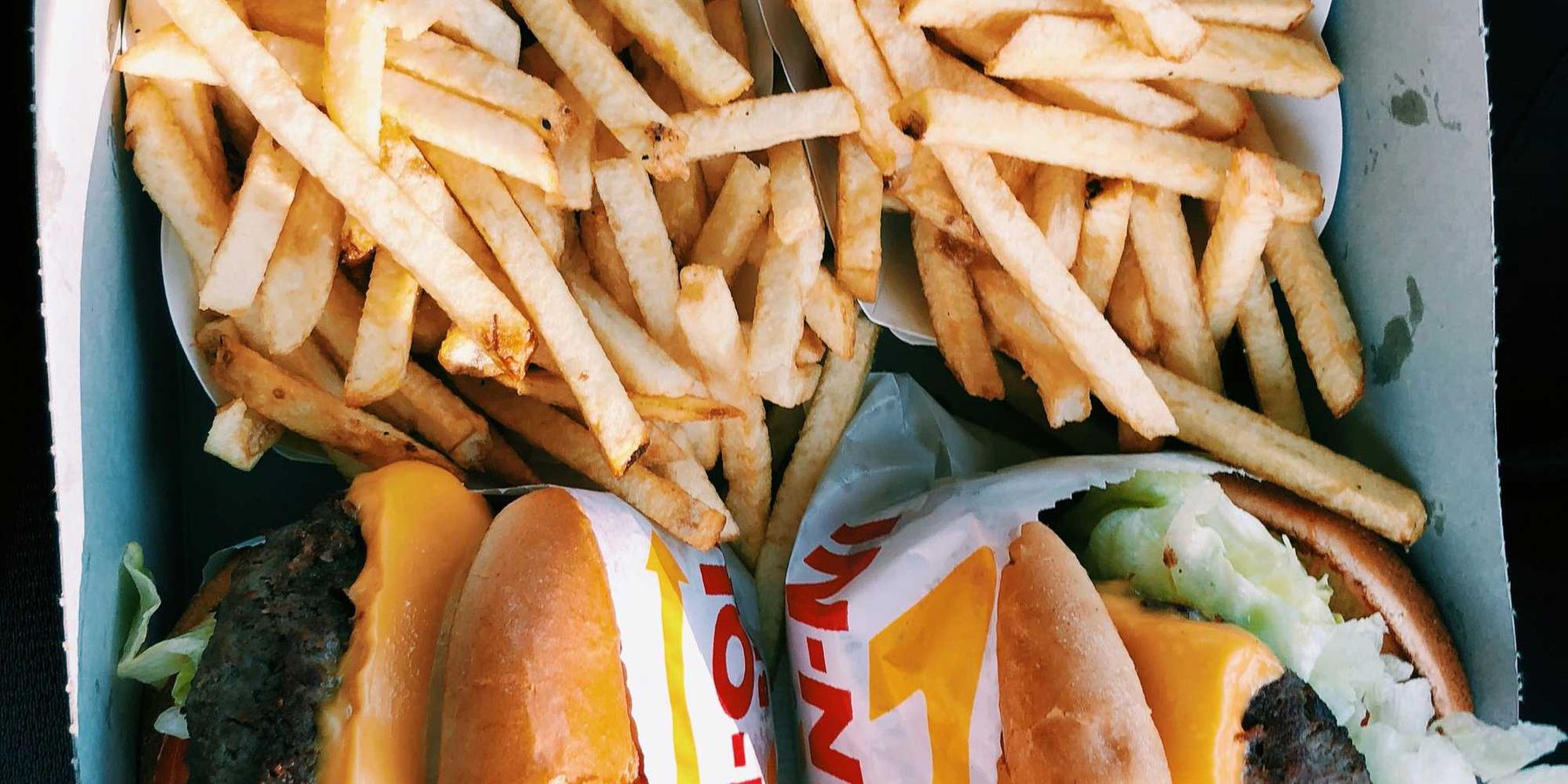EPA’s research office faces deep cuts, sparking alarm over environmental protections
The potential elimination of the U.S. Environmental Protection Agency's Office of Research and Development could result in mass layoffs of scientists and weaken the agency’s ability to assess and respond to environmental threats.
Aman Azhar reports for Inside Climate News.
In short:
- Jennifer Orme-Zavaleta, former EPA science official, warns that the proposed restructuring could eliminate up to 1,155 scientific positions and shutter key research facilities.
- The Office of Research and Development plays a critical role in detecting pollutants, assessing toxic risks, and informing regulations with scientific research.
- Orme-Zavaleta argues that gutting this office would set back scientific progress for decades, leaving emerging threats like PFAS and nanoplastics unchecked.
Key quote:
"It took decades to build it. It will take decades to rebuild it."
— Jennifer Orme-Zavaleta, former principal deputy assistant administrator, EPA Office of Research and Development
Why this matters:
The EPA relies on scientific research to set regulations that protect public health and the environment. Proposed budget cuts to its research division could weaken the agency’s ability to detect and respond to environmental hazards, from industrial chemicals to climate-related disasters. Without independent studies, regulations may become more reactive than preventive, potentially exposing communities to unregulated pollutants and slowing responses to crises like chemical spills and harmful algal blooms.
Supporters of the cuts argue that regulatory decisions should lean more on industry-led research or state-level initiatives, while critics warn that weakening federal research could lead to regulatory capture, where industries influence policies in their favor. With climate-related disasters on the rise and concerns over water and air quality persisting, experts caution that reducing the EPA’s scientific capacity could leave the country less prepared to address emerging environmental threats.
Read more: Trump administration moves to dismantle EPA’s science office













